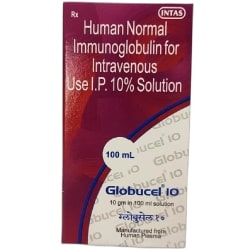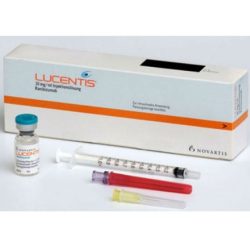Description
Atazanavir Ritonavir Uses:
Atazanavir Ritonavirp(300mg/100mg), a combination of a protease inhibitor and CYP3A inhibitor, is used in combination with other antiretroviral agents for the treatment of HIV-1 infection.
Dosage:
The recommended dosage for adults and pediatric patients (at least 6 years of age and weighing 35 kg) is one tablet (300mg/100mg) taken daily with food. Swallow the tablets of Atazanavir/Ritonavir as a whole through the water. Do not chew, crush, or break it.
When used with didanosine buffered or enteric-coated formulations, Atazanavir and Ritonavir Tablets should be given (with food) 2 hours prior to or 1 hour after didanosine.
Side Effects:
The most commonly reported side effects due to atazanavir and ritonavir tablets may include:
- Stomach ache
- Diarrhoea
- Nausea
- Being sick
- Flushing
- Headache
- Dizziness
- Pain in the throat
- Cough
- Upset stomach
- Rash
- Joint pain and back pain
- Dyspepsia (indigestion)
- Fatigue (tiredness)
Warnings and Precautions:
- Use Ritonavir with caution in patients with underlying structural heart disease, ischemic heart disease, preexisting conduction system abnormalities, cardiomyopathies, as these patients may be at higher risk for developing cardiac conduction abnormalities.
- Hepatic transaminase elevations exceeding five times the upper limit of normal, clinical hepatitis, and jaundice have been seen in patients receiving ritonavir alone or along with other antiretroviral drugs. Consider the monitoring of increased AST/ALT in these patients, especially during the first 3 months of atazanavir ritonavir treatment.
- Exercise caution when administering atazanavir to patients with hepatic impairment. Patients with underlying hepatitis B/C viral infections or marked elevations in transaminases prior to treatment may be at increased risk for occurring further transaminase elevations or hepatic decompensation. In these patients, conduct the testing of the hepatic laboratory prior to initiating atazanavir therapy and during treatment.
- Pancreatitis may occur in patients receiving ritonavir therapy, including those who developed hypertriglyceridemia. In some cases, fatalities have been seen. Patients with advanced HIV disease may be at higher risk of elevated triglycerides and pancreatitis. Patients who exhibit these signs/symptoms should be assessed and discontinue ritonavir therapy if a diagnosis of pancreatitis is made.
- Allergic reactions including mild skin eruptions, urticaria, bronchospasm, and angioedema may occur with ritonavir. Cases of anaphylaxis, toxic epidermal necrolysis (TEN), and Stevens-Johnson syndrome may also occur. Discontinue treatment in case severe reactions develop.
- Cases of nephrolithiasis were observed in HIV-infected patients taking atazanavir 300mg therapy. In case signs/symptoms of nephrolithiasis or cholelithiasis occur, temporary interruption or discontinuation of atazanavir therapy may be considered.
- Ritonavir may increase triglycerides, cholesterol, SGPT (ALT), SGOT (AST), GGT, CPK, and uric acid. Apt laboratory testing should be done prior to initiating therapy with ritonavir and at periodic intervals or in case any clinical signs/symptoms occur during therapy.





